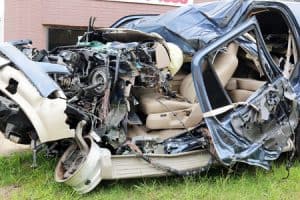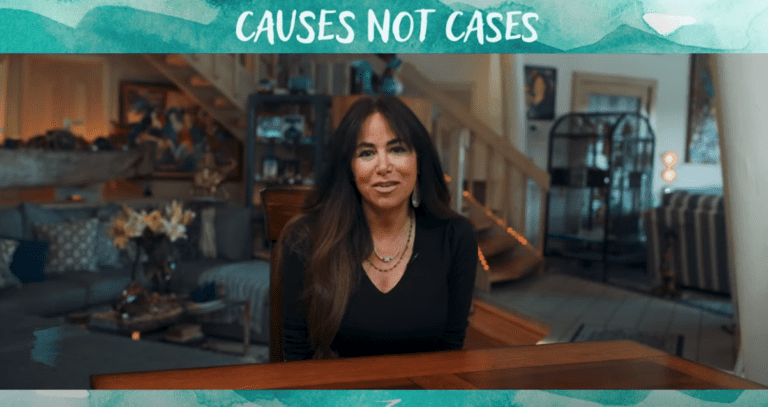[profileleft] [/profileleft]There are many different ways to compare the relative safety of driving in different states. Relative traffic safety is something that can be broken down so that we can obtain an understanding of which protective steps tend to work and which do not. The Advocates for Highway & Auto Safety has completed its annual review of highway traffic safety laws. It has broken them down by category and ranked the jurisdictions based on the presence of these laws. Basically, the report ranks jurisdictions based on the number and types of traffic safety laws in place.
[/profileleft]There are many different ways to compare the relative safety of driving in different states. Relative traffic safety is something that can be broken down so that we can obtain an understanding of which protective steps tend to work and which do not. The Advocates for Highway & Auto Safety has completed its annual review of highway traffic safety laws. It has broken them down by category and ranked the jurisdictions based on the presence of these laws. Basically, the report ranks jurisdictions based on the number and types of traffic safety laws in place.
Overall, California finished in the middle of the pack. The presence of these laws can make a difference in terms of overall road safety. However, anyone who is injured by a negligent driver needs to obtain the help of a San Diego car accident lawyer as soon as possible.
About the Highway Traffic Safety Survey
The Advocates for Highway and Auto Safety was founded in 1989. According to its Web site, the AHAS is an alliance of consumer, medical, public health and safety groups as well as insurance companies. Its goal is to make the roads across the United States safer. One of the ways in which the group works to bring more awareness to the issue of traffic safety is by publishing its annual “Roadmap of State Highway Safety Laws.” The title to this year’s edition of the survey is, “Have We Forgotten What Saves Lives?” The survey measures the number of traffic safety laws that are in place in each jurisdiction along with other points of analysis. Those interested in reading the entire report can find it here.
The Costs of Car Accidents for Society
The analysis begins by breaking down the overall costs of car accidents on American society. These costs include the following forms of loss incurred because of crashes:
- Overall costs to society per year: $836 billion
- Lost workplace and household activity: $77.4 billion
- Present and future medical costs: $23.4 billion
- Property damage costs: $76.1 billion
- ‘Other’ costs: $65.1 billion
- Comprehensive/loss of quality of life: Nearly $600 billion
The report calls these costs a ‘crash tax.’ All told, this ‘crash tax’ would cost every person in the United States an average of $2,388.57 per year. That’s almost $200 per month, per person across the country in car accident losses. This is one reason that the AHAS wants to see more traffic safety laws.
The losses in California are also very high. Every year, California car accidents cost an overall amount of $19,998,000,000, or just under $20 billion. Based on the population of California that is currently over 38 million people, the ‘crash tax’ in the state amounts to $526.26 per year, per person, or more than $10 every week for every California resident.
How the Survey Works
The AHAS examined every jurisdiction, including the District of Columbia, for the existence of the following types of laws:
- Primary enforcement seatbelt law (front)
- Primary enforcement seatbelt law (rear)
- All-rider motorcycle helmet law
- Booster seat law
- Minimum age of 16 for learner’s permit
- 6 month holding period
- Supervised driving requirements
- Nighttime restriction
- Passenger restriction
- Cell phone restriction
- Age 18 unrestricted license
- Ignition interlocks for all offenders
- Child endangerment law
- Open container law
- All-driver text messaging restriction
The list above contains 15 types of laws overall. If a jurisdiction has a law for that category it is assigned one point for having that law. The laws included deal with seatbelts, child seats, driver’s license requirements, driving under the influence and distracted driving in general.
The 6 Jurisdictions With the Most Traffic Safety Laws
According to the survey, the six states with the most traffic safety laws, in order of one through six, include:
- Rhode Island
- Delaware
- Washington
- District of Columbia
- Louisiana
- Oregon
The reason only six states made this list is because these are the only jurisdictions with at least nine of the 15 laws mentioned above currently on the books. Every other state has eight of the 15 laws or fewer.
The 17 Jurisdiction With the Fewest Traffic Safety Laws
Unfortunately, 17 jurisdictions have six of these 15 laws on the books or fewer as of the publishing of this survey. South Dakota has the fewest traffic safety laws from this list in existence with only two of them. Below are 17 jurisdictions with the fewest of these traffic safety laws:
- South Dakota
- Wyoming
- Arizona
- Missouri
- Montana
- Florida
- Iowa
- Nebraska
- Virginia
- Idaho
- Mississippi
- Nevada
- New Hampshire
- North Dakota
- Ohio
- Pennsylvania
- Vermont
California has eight of these 15 laws in place, putting it squarely in the middle of the United States based on these rankings.
How Does This Traffic Safety Survey Correlate?
It appears that comparing these results to another survey that was done based on 2013 fatal crash data reveals that these rankings may fall in line with other analyses. Those who want to review that 2013 study can find it here. That study ranked the states based on the number of crash fatalities per 100,000 people in population. When comparing those results to these, one finds that the top three states in terms of crash fatalities per 100,000 people all made the ‘worst’ list above. In addition, three of the top six states in terms of lowest number of fatalities per 100,000 people made the ‘best’ list above.
How a San Diego Car Accident Lawyer Can Help
It seems possible that someone could make an argument that jurisdictions with more traffic safety laws in general tend to have safer roads. However, there are other ways to hold people accountable for driving mistakes. People who are injured or who suddenly lose a loved one in a car accident need to make sure that they are enforcing all of their legal rights.
If this includes you or someone you love, you need to seek the help of a San Diego car accident lawyer who understands how to hold negligent motorists and insurance companies accountable.
Contact Gomez Trial Attorneys as soon as possible to schedule a free initial consultation.







